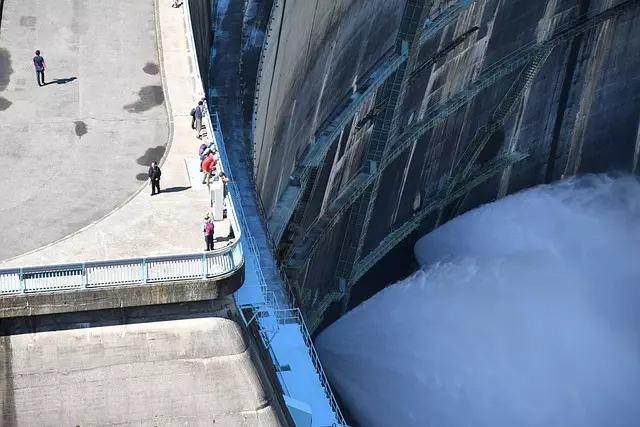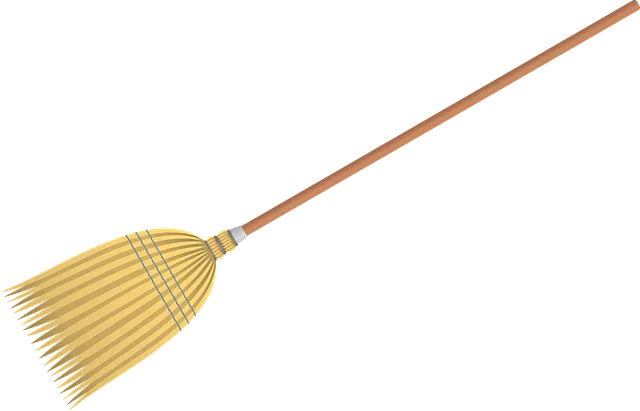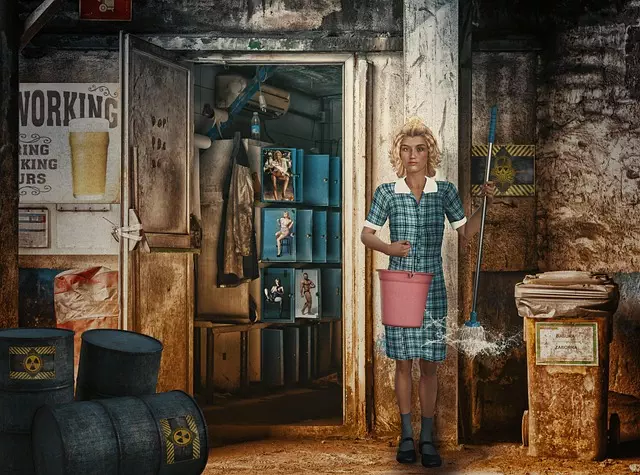Clogged drains are a common household issue that can cause significant damage if left unattended. Regular maintenance, early detection through observation, and the right tools are key to preventing clogs. Two primary cleaning methods exist: chemical and natural approaches, each with its pros and cons. Homeowners can unclog drains using DIY solutions like baking soda, vinegar, and boiling water, or call professional drain cleaning services for severe cases. Regular maintenance practices, such as using drain covers, avoiding certain disposal items, and scheduling periodic cleaning, are essential to keep drains clear and prevent future damage.
Unclogged drains are essential for maintaining a hygienic and functional home. This comprehensive guide delves into the world of drain cleaning, addressing common causes and effects of clogged drains. We assess severity, provide tools and techniques, explore chemical vs natural methods, and offer a step-by-step guide for DIY solutions.
Additionally, we discuss professional services, prevention tips, and potential mistakes to avoid. From understanding the issue to successful case studies, this article is your one-stop resource for effective and safe drain cleaning practices.
Understanding Clogged Drains: Common Causes and Effects

Clogged drains are a common household issue that can lead to significant disruptions in daily life. Understanding the root causes is essential for effective drain cleaning and prevention. Many factors contribute to drain clogs, including buildup of grease, food particles, hair, and other debris. These substances can accumulate over time, forming hard-to-remove residue that obstructs water flow.
The effects of clogged drains are far-reaching. They not only cause slow drainage but also potentially severe plumbing issues. Backed-up water can lead to overflows, causing damage to floors and walls, and even fostering the growth of mold and bacteria. Prompt attention to a blocked drain is crucial to mitigate these problems. Regular maintenance, such as using drain covers and being mindful of what goes down the sink, can help prevent clogs and keep your plumbing system running smoothly.
Assessing the Severity of a Clogged Drain
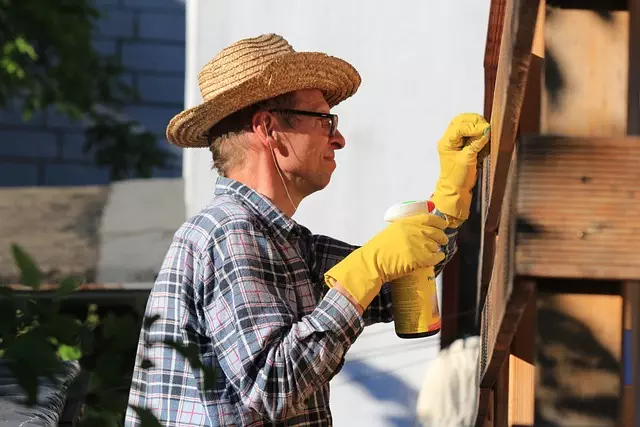
When dealing with a clogged drain, assessing the severity is key before attempting any cleaning method. Start by observing the drainage speed – if water stands still or drains slowly, it indicates a potential blockage. Next, try pouring hot water down the drain; a significant gurgling response suggests a buildup of hair, grease, or other debris. Additionally, odours can be an early warning sign; foul smells emanating from the drain often point to organic matter or sewage backflow.
For a more thorough evaluation, use a plunger on the drain. A strong suction force without any blockages means a partial clog, while significant resistance indicates a severe blockage that may require professional Drain Cleaning services. It’s important to address clogs promptly to prevent further damage and ensure the smooth functioning of plumbing fixtures.
Tools and Equipment for Effective Drain Cleaning
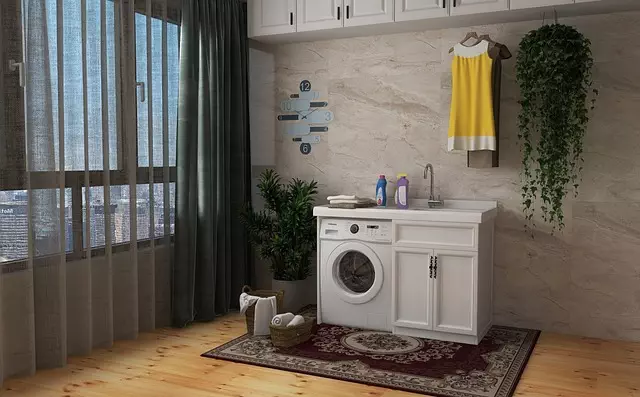
When it comes to effective drain cleaning, the right tools and equipment make all the difference. A few essential items in your drain cleaning arsenal include a plunger, a snake (also known as a draincleaner), and a set of pliers. A plunger is a simple yet powerful tool that uses air pressure to dislodge clogs, making it ideal for smaller drains. For more stubborn clogs, a snake is a versatile option; its flexible metal cable can reach and break up obstructions, clearing the drain from below. Pliers are handy for gripping and removing objects like hair or foreign debris that might be causing the blockage.
Additionally, consider investing in a drain camera to visually inspect blockages without having to delve into the depths of your plumbing. These tools not only save time but also offer a safer, more efficient way to tackle drain cleaning. With the right equipment at hand, you can effectively navigate through clogs and maintain a smooth-flowing drain system.
Chemical vs Natural Drain Cleaning Methods

When it comes to unclogging drains, there are two primary approaches: chemical and natural methods. Chemical drain cleaners have been a popular choice for many years due to their effectiveness in tackling stubborn clogs. These products often contain strong acids or bases that can dissolve hair, grease, and other common blockages. However, while they offer quick results, these chemicals can be harmful to pipes over time, potentially causing damage and creating health risks if not used properly.
Natural drain cleaning methods, on the other hand, provide a safer and more environmentally friendly alternative. Ingredients like baking soda, vinegar, and salt are effective in clearing drains due to their acidic properties. These natural remedies are gentle on pipes and safe for septic systems. While they might require more time and effort, using these products promotes sustainability and reduces exposure to harsh chemicals.
Step-by-Step Guide to Unclogging Your Drain at Home

Unclogging a drain at home is a straightforward process that can save you time and money. Start by gathering a few household items like a plunger, baking soda, and vinegar. First, pour 1/2 cup of baking soda down the drain to create a frothy reaction; this helps dislodge any built-up grease or debris. Then, slowly pour 1 cup of white vinegar into the drain, followed by 1 liter of boiling water. This combination will bubble and fizz, further breaking up any clogs. Next, use a plunger with a tight seal to create suction, pressing down firmly for several seconds before releasing. Repeat this process if necessary until the drain is clear.
If the initial steps don’t work, consider using a drain snake or auger to reach and remove more stubborn clogs. Insert the tool into the drain, turning it as you push it down to engage any trapped material. Once you feel resistance, carefully twist and pull to extract the clog. Regular maintenance, like running hot water after use and avoiding pouring grease or large food particles down the drain, can help prevent future blockages.
Professional Drain Cleaning Services: When to Call an Expert

When it comes to severe or persistent drain issues, professional drain cleaning services are often the best course of action. While DIY methods can handle minor clogs, experts have access to advanced tools and techniques that can tackle stubborn blockages efficiently. Hydro-jetting, for instance, uses high-pressure water to break up and remove built-up debris from pipes.
Calling in a professional is particularly crucial if you’ve tried standard home remedies without success or if the blockage reoccurs frequently. Expert cleaners can also identify structural problems within your plumbing system that might be contributing to frequent clogs. This proactive approach not only saves time but also prevents more serious and costly damage from occurring down the line.
Preventing Future Clogs: Maintenance Tips

To prevent future clogs and keep your drains in optimal condition, regular maintenance is key. Start by being mindful of what goes down the drain. Avoid flushing non-biodegradable items like wipes, sanitary products, or cooking oils, as these can stick to pipe surfaces and cause blockages over time. Instead, use a mesh cover or strainer to catch hair and other debris from entering the drain.
Additionally, schedule periodic drain cleaning services to remove built-up residue and ensure proper drainage. Using hot water regularly can also help prevent clogs by dissolving grease and grime. Moreover, consider using natural drain cleaners like baking soda and vinegar, which are eco-friendly alternatives to harsh chemicals.
Common Mistakes to Avoid During Drain Cleaning

When tackling drain cleaning, it’s easy to make mistakes that can not only hinder the effectiveness of your efforts but also cause further damage. One common blunder is using chemical cleaners without proper ventilation; this can lead to hazardous fumes and respiratory issues. Always ensure good airflow or use products designed for safe indoor use. Another mistake is employing harsh chemicals recklessly, which can corrode pipes and cause more harm than good.
Avoid pouring grease, coffee grounds, or other solid substances down the drain as a quick fix. These items can solidify in the pipes, leading to clogs over time. Instead, consider using hot water and a plunger for minor blockages or opt for natural cleaning solutions like baking soda and vinegar. Remember, patience is key; rushing the process might result in pushing the clog further down the pipe, causing more severe issues downstream.
Case Studies: Successful Drain Cleaning Stories

Many homeowners face the dreaded clogged drain at some point, but successful cleaning stories offer hope and valuable insights. Consider the case of Sarah, who experienced a severe blockage in her kitchen sink. After trying several store-bought products with no success, she reached out to a professional plumbing service. The experts arrived promptly, equipped with advanced tools, and quickly identified the cause: a tangled mass of grease and food debris built up over time. They efficiently cleared the drain, providing Sarah with immediate relief and valuable advice on preventive maintenance.
Another successful story involves a family in a nearby neighborhood struggling with a stubborn clogged shower drain. The accumulation of hair, soap scum, and mineral deposits had created a nearly impassable barrier. A local plumber employed eco-friendly cleaning methods, using specialized enzymes to break down the buildup. This approach not only cleared the drain but also avoided damage to the pipes, showcasing a responsible and effective solution for drain cleaning. These real-life examples underscore the importance of prompt action and the availability of efficient, safe, and sustainable methods for maintaining unclogged drains.
